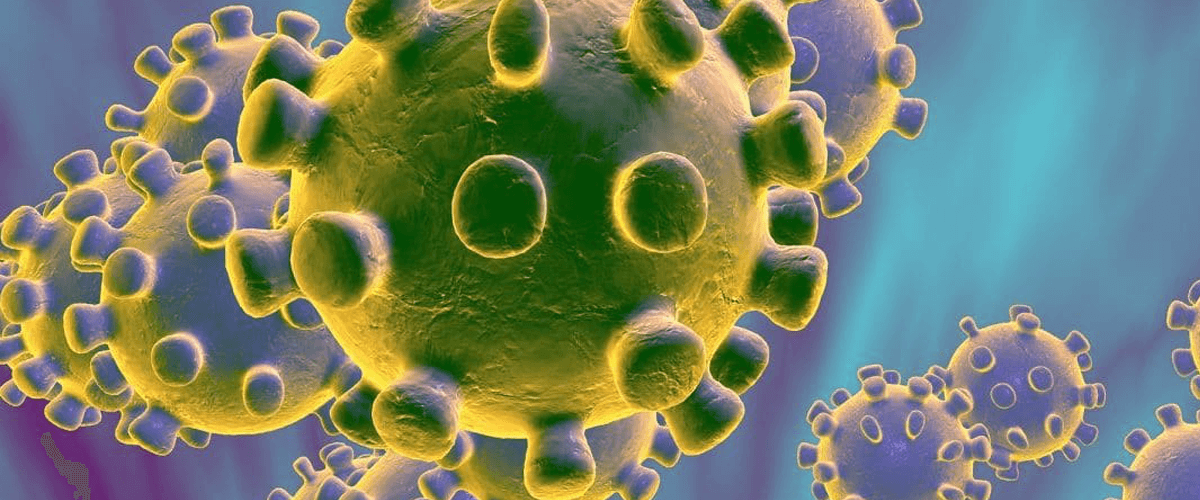Oxygen Therapy is Effective to Help the Immune Response Fight COVID-19
Oxygen Therapy is Effective to Help the Immune Response Fight COVID-19
There is currently no vaccine to prevent coronavirus disease COVID-19, yet research is on the way to find antivirus and the results are currently promising.
We have compiled an article to showcase a few vital information that is currently relevant to the virus outbreak to help you understand the basics.
First, it’s important to understand how the virus is spread, so we can stay safe from it. The virus mainly spreads through an infected person’s nose or mouth into your eyes, nose or mouth. The best way to prevent the illness is to avoid being exposed to this virus, avoid sneeze or cough droplets from people that may be infected, avoid human interaction in very populated areas as much as you can. It is important that you don't panic.
According to this article documented and published by OxyMed, the virus COVID-19 initially affects the lungs.
- As with other coronavirus illnesses — including SARS, MERS, and the common cold — COVID-19 is a respiratory disease, so the lungs are usually affected first.
- Early symptoms include fever, cough, and shortness of breath. These appear as soon as 2 days, or as long as 14 days, after exposure to the virus.
- The severity of COVID-19 varies from mild or no symptoms to severe or sometimes fatal illness.
- Some people may only have minor respiratory symptoms, while others develop non-life-threatening pneumonia. But there’s a subset of people who develop severe lung damage.
- There are no targeted therapeutics or vaccines for the new virus — and so doctors and nurses in the ICUs are left to administer drugs and oxygen to keep patients alive long enough for their bodies to fight the infection and repair lungs ravaged by pneumonia.
- As the virus attacks the lungs, it becomes harder and harder for patients to get enough oxygen into their bloodstream to support their kidneys, liver, and heart, and they develop acute respiratory distress syndrome (ARSD).
- These ARSD induces damage to the lungs, which leads to fluid leaking from small blood vessels in the lungs. The fluid collects in the lungs’ air sacs or alveoli. This makes it difficult for the lungs to transfer oxygen from the air to the blood – induced hypoxia.
- One recent study of 138 people hospitalized for COVID-19 found that on average, people started having difficulty breathing 5 days after showing symptoms. ARDS developed on average 8 days after symptoms.
- Treatment for ARDS involves supplemental (normobaric and hyperbaric) oxygen and mechanical ventilation, with the goal of getting more oxygen into the blood.
Oxygen Therapy
Oxygen Therapy including Normobaric and Hyperbaric Oxygen target the internal cellular metabolism (cytokine storm syndrome). Oxygen Therapies are effective in treating both the primary infection but also the cascading secondary challenges associated with the coronavirus immune response.

According to Dr. Paul Harch
“In the midst of the coronavirus epidemic/pandemic, it bears remembering the application of hyperbaric oxygen therapy to the last major pandemic that impacted the United States in 1918, the Spanish Flu Pandemic. Death was primarily by pulmonary infection and its attendant hypoxemia and respiratory failure.
The first application of hyperbaric medicine to a Spanish Flu victim was likely also the first application to a human being in the United States. In 1918 Dr. Orval Cunningham of Kansas City was brought a dying friend of a fellow physician. The patient was moribund and blue. Before Cunningham could perform his planned animal experiments he was asked to treat this dying patient. With just a one-hour treatment with compressed air at 1.68 atmospheres absolute, the patient experienced improvement. Combined with additional hyperbaric treatments over the next 3 days this patient’s life was saved. Others followed.
Today’s coronavirus’ mortality is due to pulmonary infection and respiratory failure. While there are differences between the Spanish Flu and coronavirus the primary pathology is in the lungs, the first organ of contact with hyperbaric therapy beyond the skin. The ability of hyperbaric oxygen to penetrate inflammatory pulmonary secretions allows adequate oxygen to reach the blood while inhibiting the inflammatory process. Applied correctly, hyperbaric therapy may have utility in coronavirus patients similar to its life-saving history with the Spanish Flu.
You can read the article on Harch Hyperbarics Inc website https://hbot.com/hyperbaric-application-to-covid-19-pulmonary-infection/
What to do during the COVID-19 outbreak and how to stay safe?
Avoid information from unofficial sources. Choose to inform yourself from Government sources, your Ministry of Health or the World Health Organisation. Similar to other respiratory diseases, COVID-19 infection can cause mild symptoms, including nasal leaks, sore throat, cough, and fever. It may manifest more severe for some people and may cause pneumonia or shortness of breath.
Take care of your health and protect others:
- Wash your hands often with soap and water for at least 30 seconds especially after making contact with public places.
- Avoid contact with people who are suspected of acute respiratory infections.
- Avoid touching your eyes, nose, and mouth with your hands.
- Cover your mouth and nose when you sneeze or cough.
- Do not take antiviral drugs or antibiotics unless prescribed by your doctor.
- Clean all surfaces with chlorine or alcohol-based disinfectants.
- Use the protective mask only if you suspect that you are sick or if you are assisting the sick.





